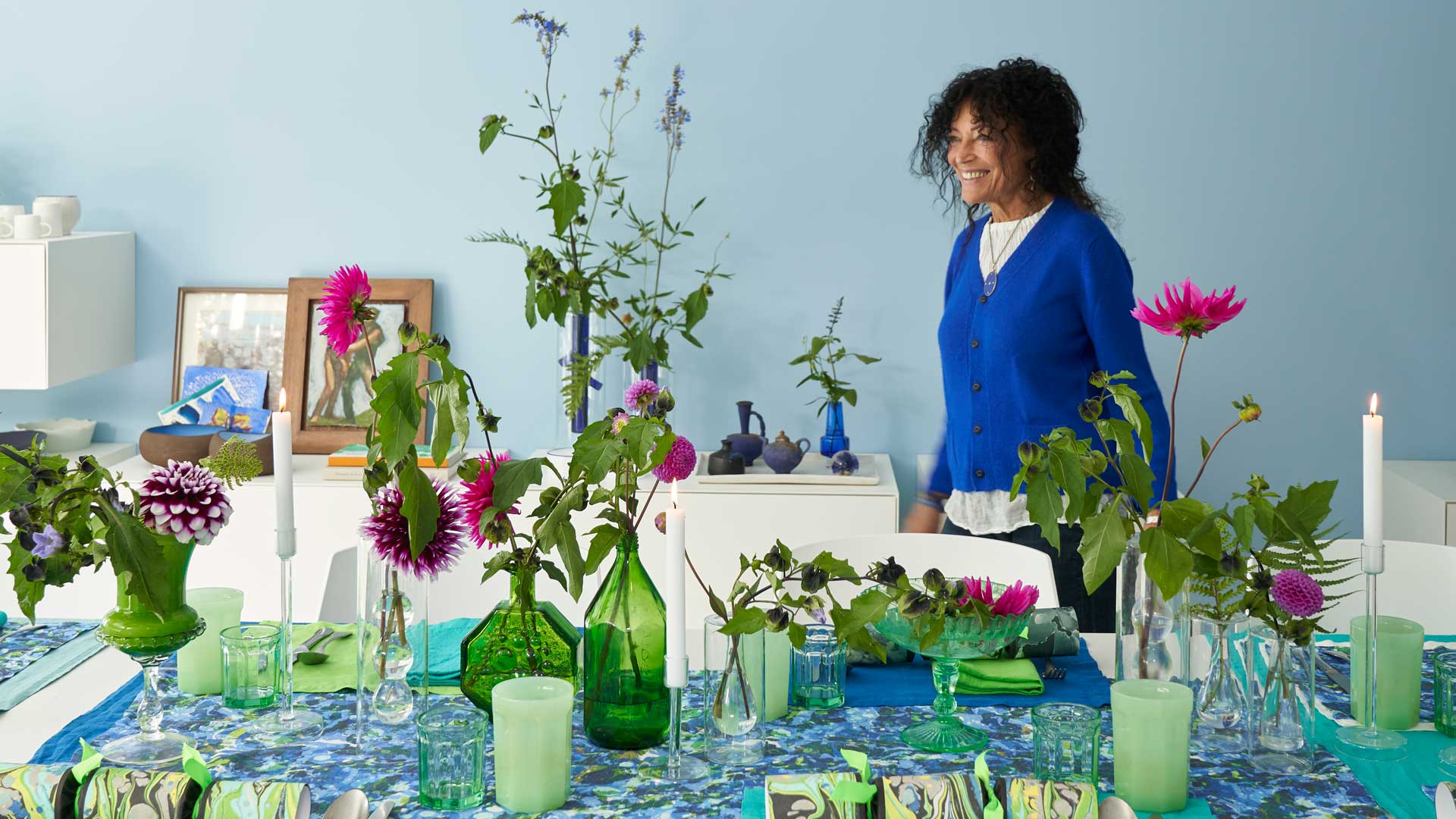
Cobalt is the favoured colour at Christmas for Tricia Guild, founder and creative director of Designers Guild, the globally renowned homeware brand, which celebrated its 50th anniversary this year. ‘It’s surprising and to me, full of love,’ she says.
Nowhere is this more vividly played out than in her London home, where she has quite literally splashed all the shades of blue and green found in nature, from soothing sea and summer sky to the depths of an evergreen forest, across walls, curtains and furniture. It also proves to be the perfect palette for complementing Christmas, when Tricia teams streamlined modernity with the feeling of the handmade.
THE PROPERTY
A Victorian detached house in west London. On the lower ground floor of this modern home is a large open-plan kitchen and dining space, flowing out into the garden. The ground floor is an open-plan living and dining space. On the first floor is the master bedroom and en suite, dressing room, guest bedroom and bathroom. The floors above house two bedrooms and bathrooms.
See more ultra-chic modern homes
LARGE DINING AREA
Bought three years ago, Tricia Guild's house is situated on a corner plot which ‘allows every room to be filled with wonderful light from three angles,’ she says.
Even though its Victorian bones had been recently restored – converted back from five apartments into a gracefully proportioned family home the house lacked personality.
Some rooms were neither sensibly sized nor in the right positions, so Tricia and her architect, Stephen Marshall, opened up the ground and lower-ground floors to create a flow of light-filled spaces, supported by steel columns painted white.
The Livingetc newsletters are your inside source for what’s shaping interiors now - and what’s next. Discover trend forecasts, smart style ideas, and curated shopping inspiration that brings design to life. Subscribe today and stay ahead of the curve.
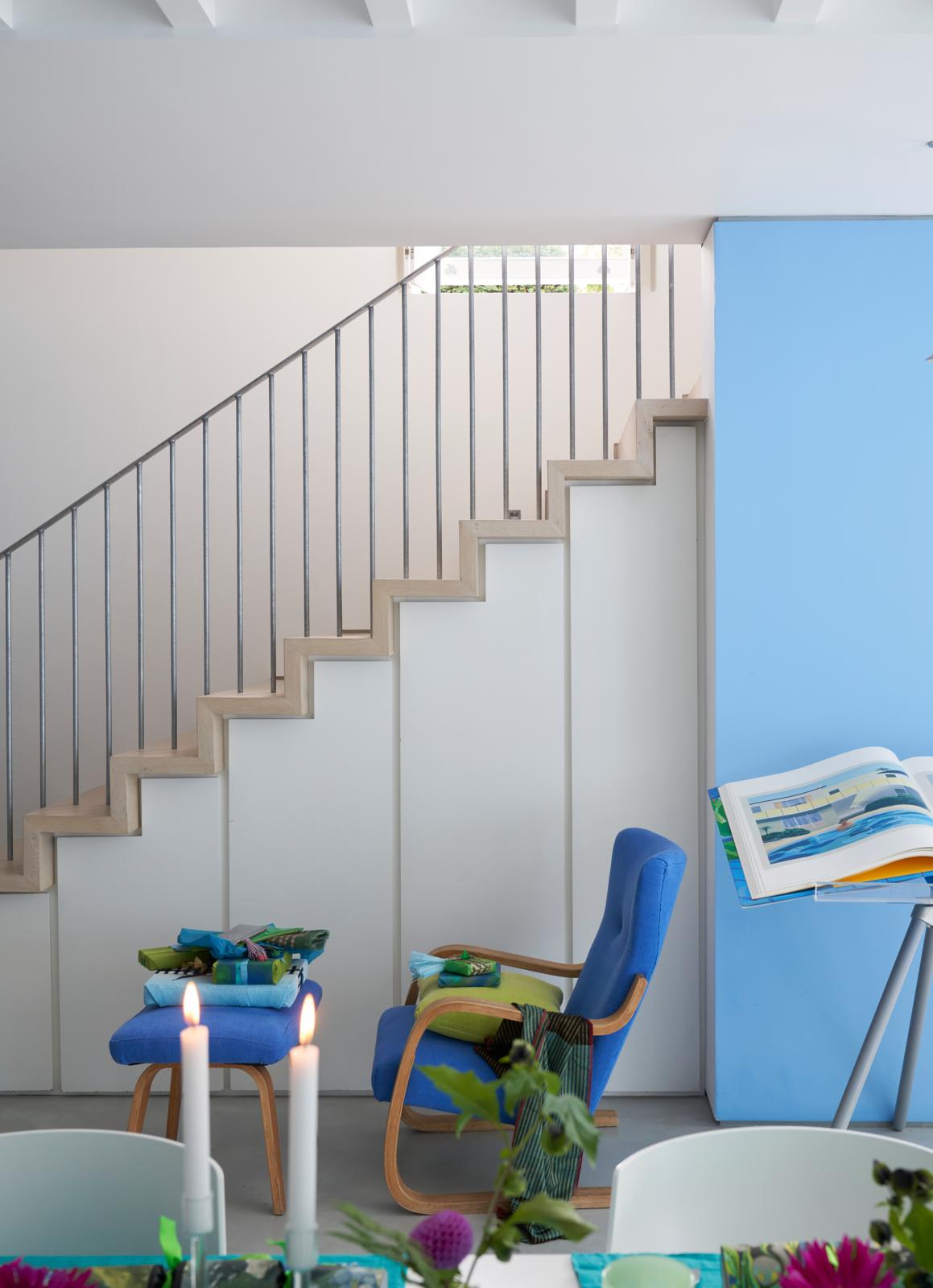
‘We purposely didn’t hide them – it gives the house an edge. The feeling is creative and informal,’ says Tricia of combining white plaster, bleached oak floorboards, polished concrete floors and galvanised metal skirting with floating white boxes and shelves hung on the walls, some curved like ribbons, to bring the mood of an art gallery to each of the living, dining and entertaining spaces.
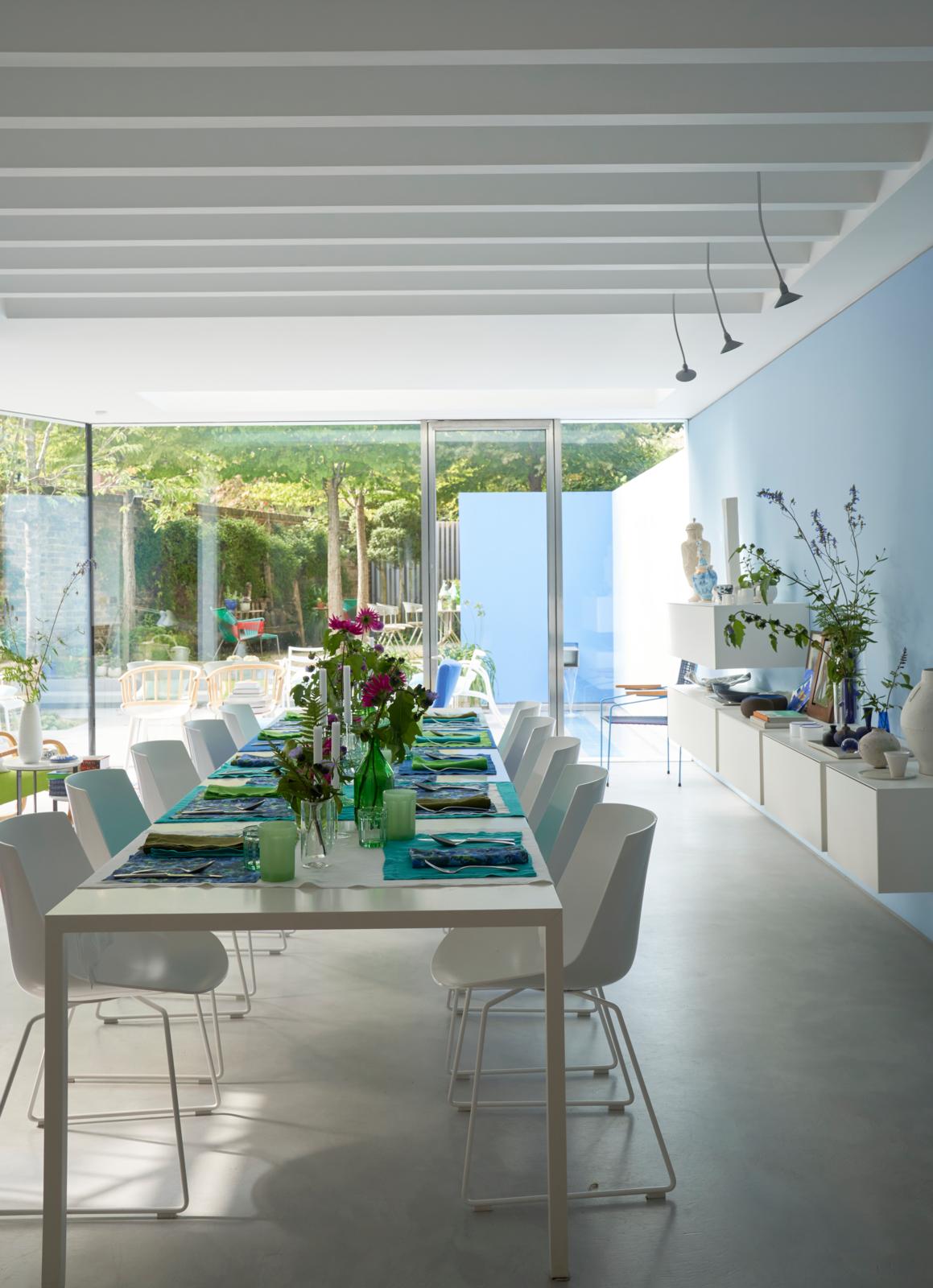
For Christmas dining, Tricia plays with layering place mats and table runners in different shades and patterns, so they lend a fresh energy.
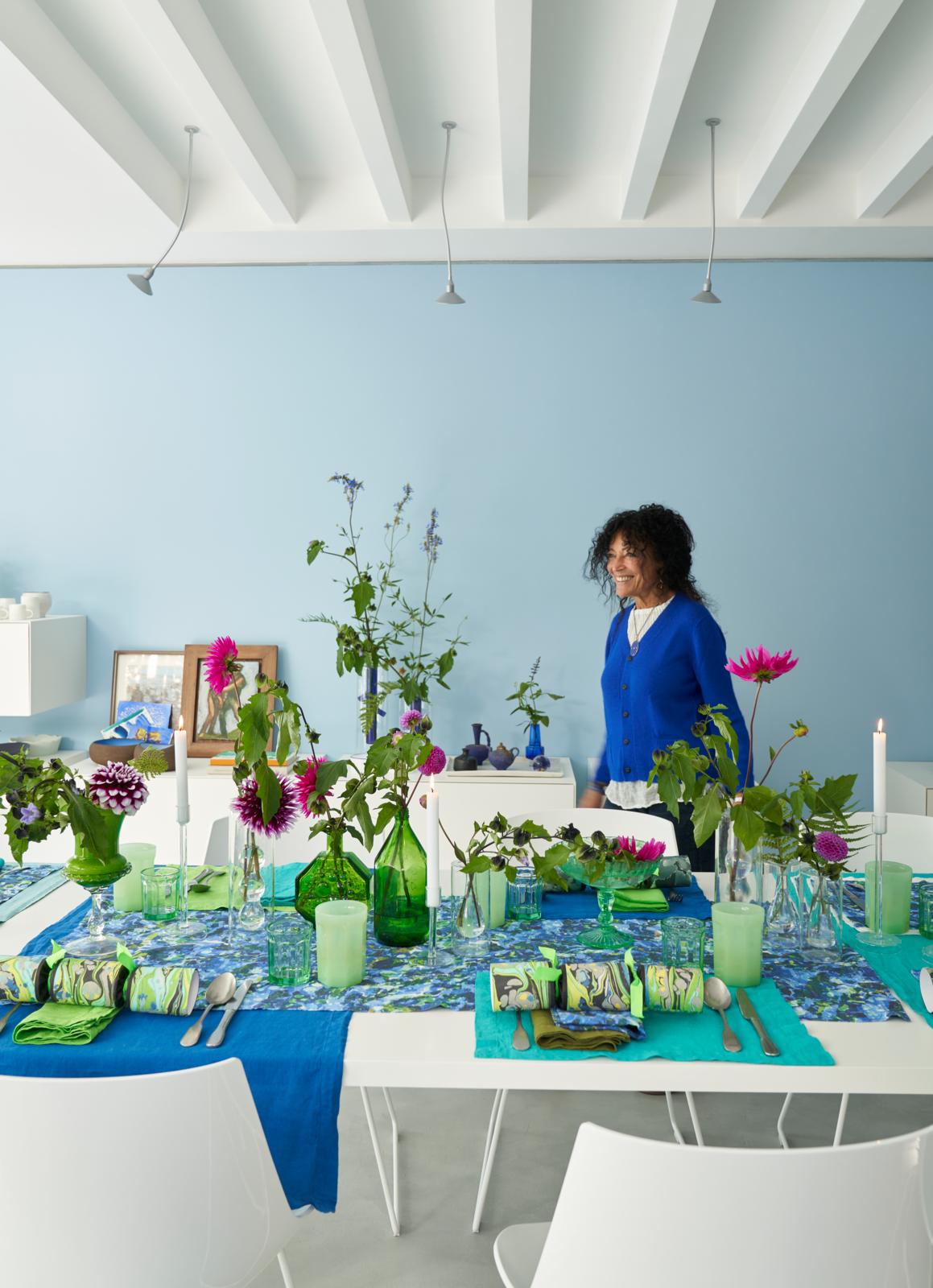
See Also: Bright ideas - exploring colour in the dining room
LIVING ROOM
The house hums with the patina of mid-century pieces by Kai Kristiansen and Finn Juhl and the streamlined simplicity of pieces by MDF Italia, jostling alongside collections of ceramics, glass and art that Tricia's had for years.
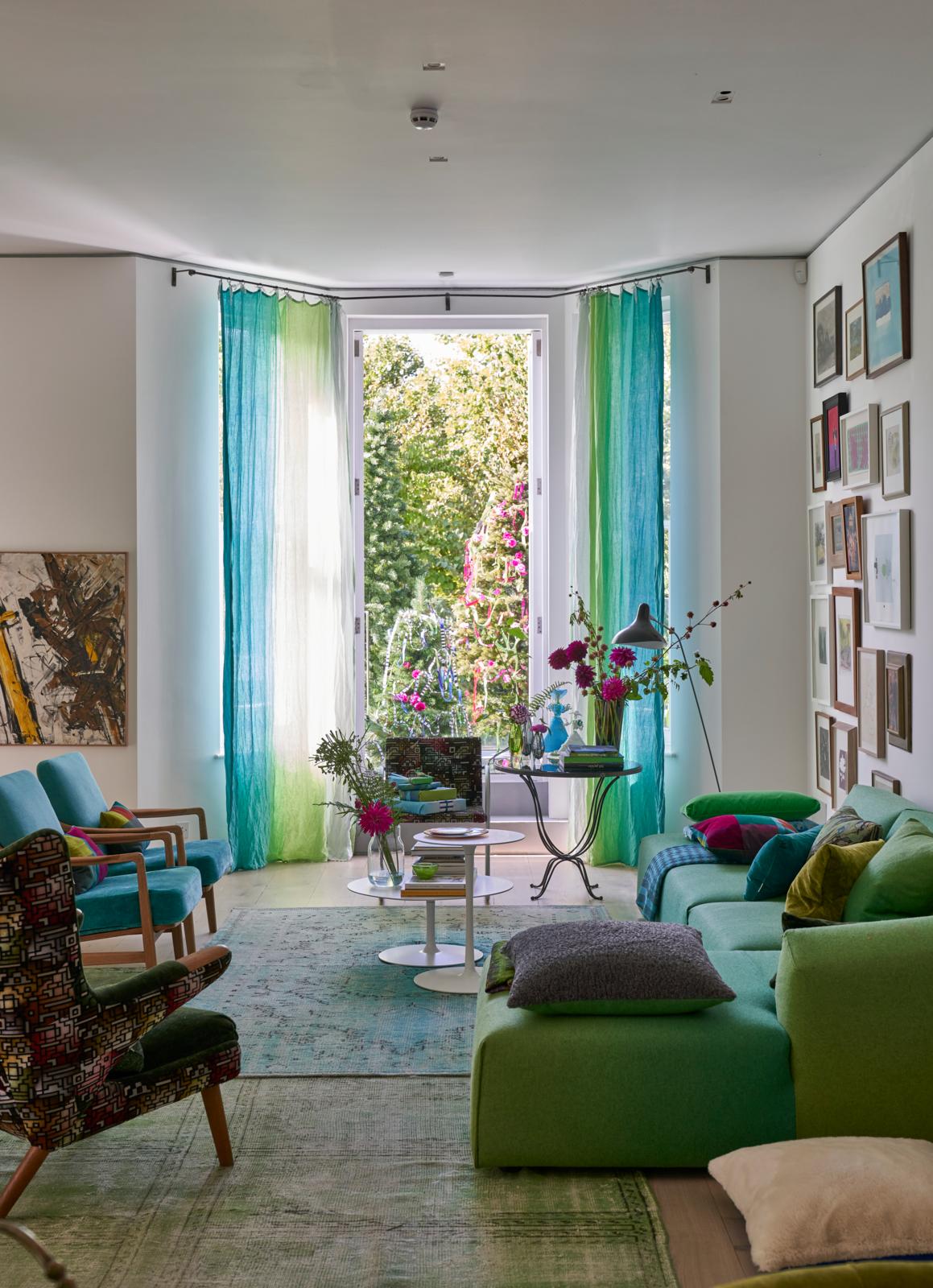
Ombre-dipped curtains add bright colour while also diffusing the light, creating a beautiful luminous effect.
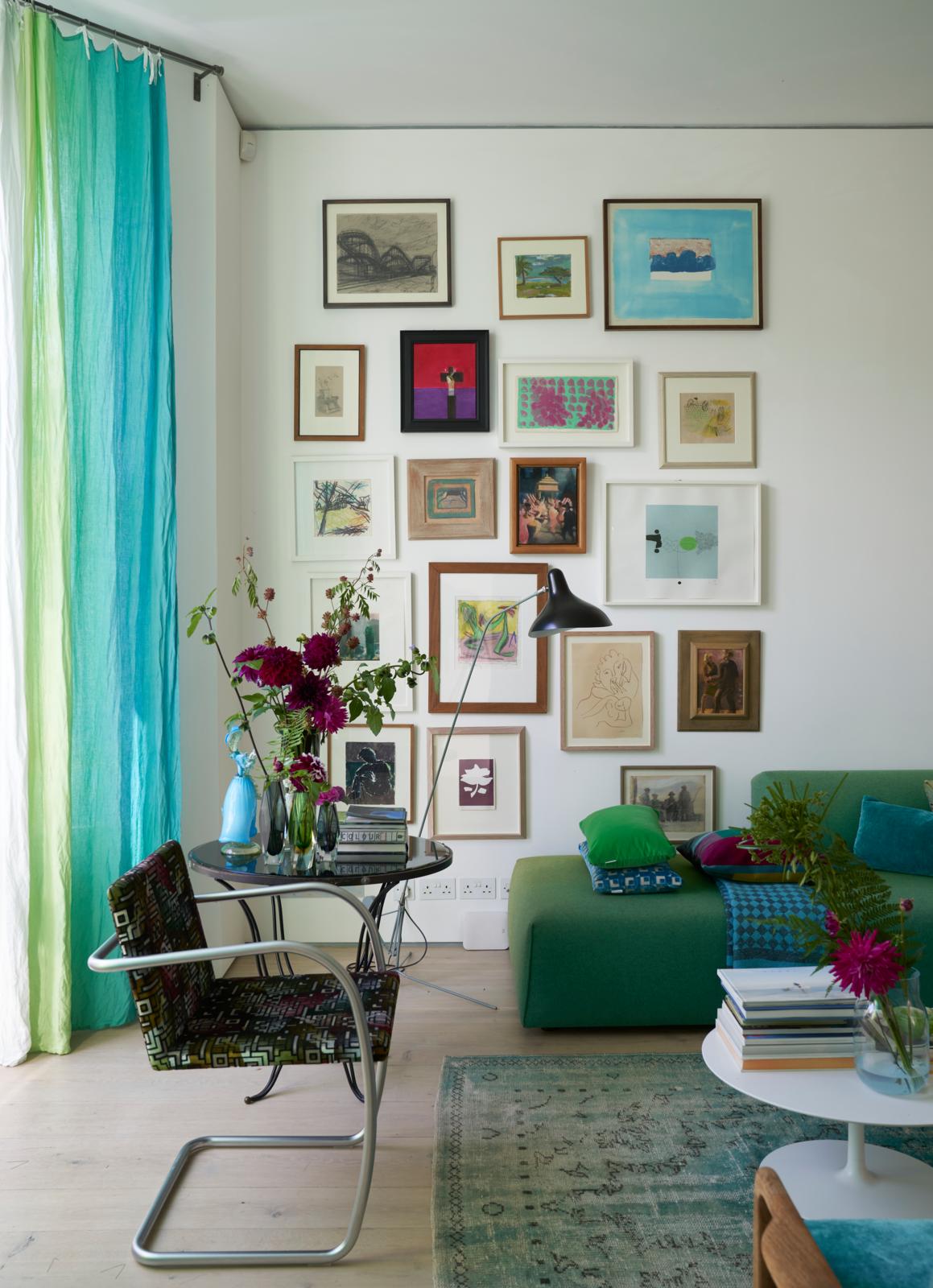
SMALL DINING AREA
This space is found within the vast L-shaped open-plan living room. ‘It’s useful having so many places to sit, where I can move furniture around to make it feel more open,’ says Tricia.
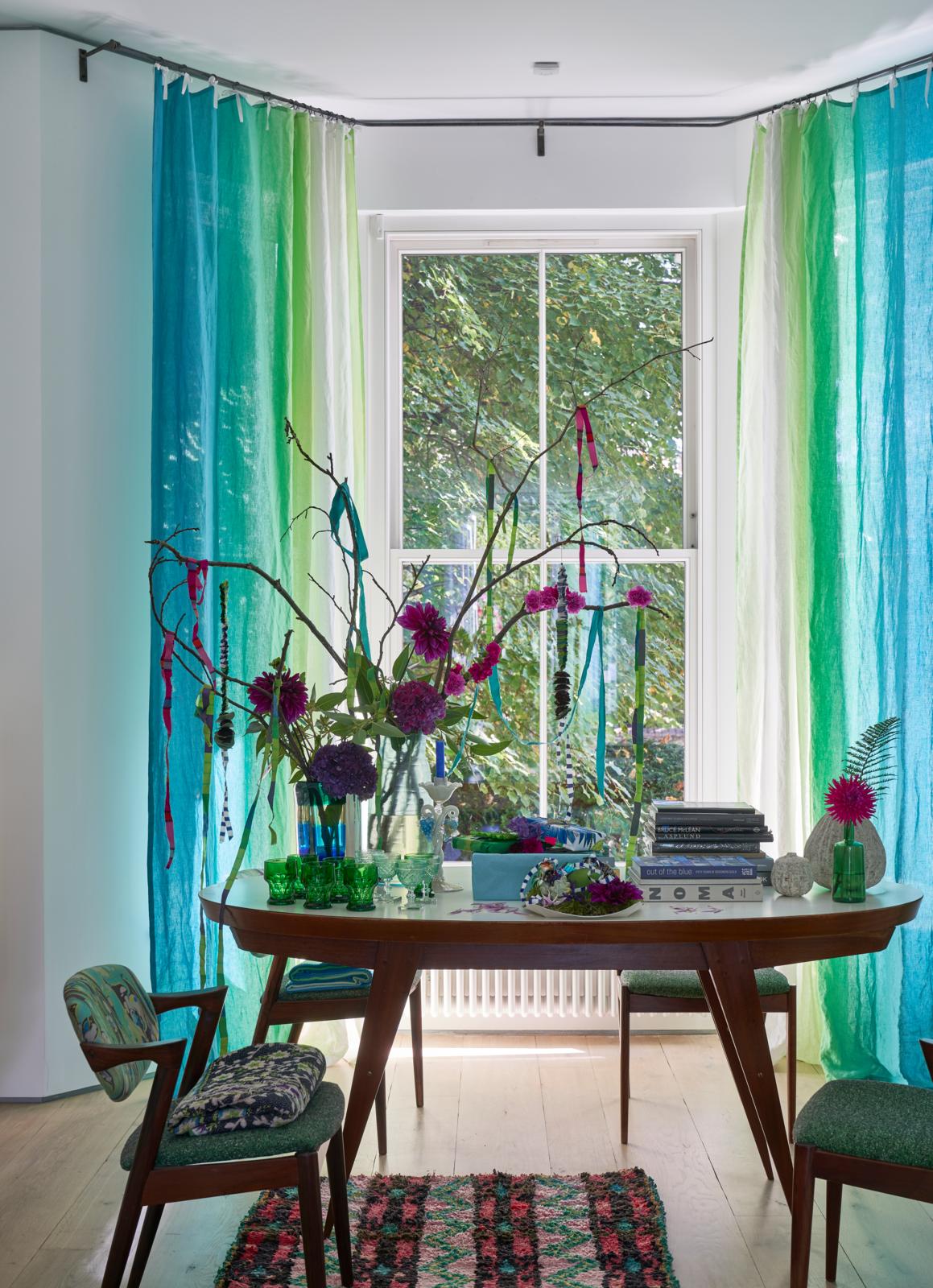
TEENAGER'S BEDROOM
Tricia’s modern Yuletide spirit extends to this bedroom used by her granddaughter when she visits.
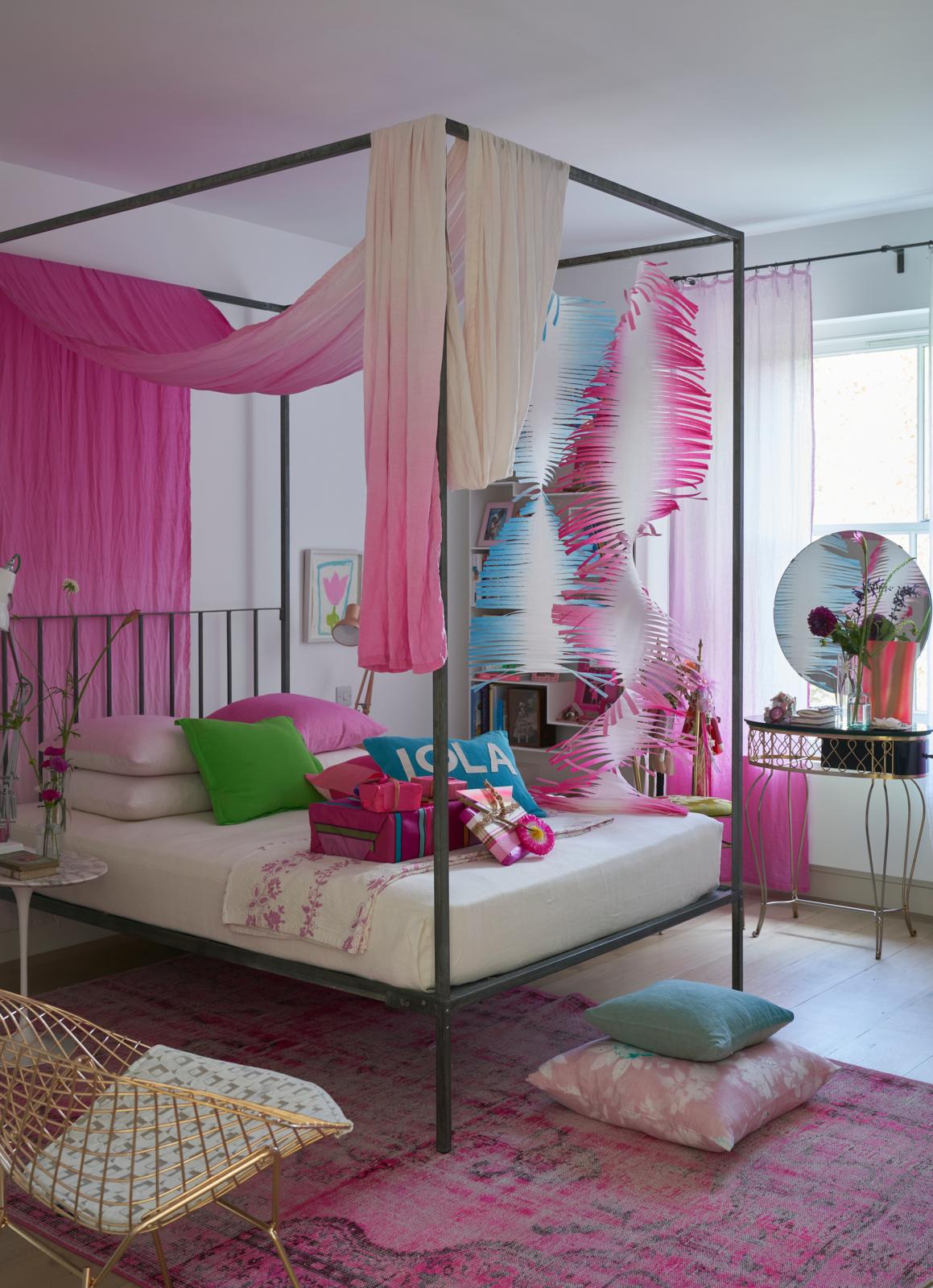
See Also: Teenage girl bedroom ideas
The homes media brand for early adopters, Livingetc shines a spotlight on the now and the next in design, obsessively covering interior trends, color advice, stylish homeware and modern homes. Celebrating the intersection between fashion and interiors. it's the brand that makes and breaks trends and it draws on its network on leading international luminaries to bring you the very best insight and ideas.